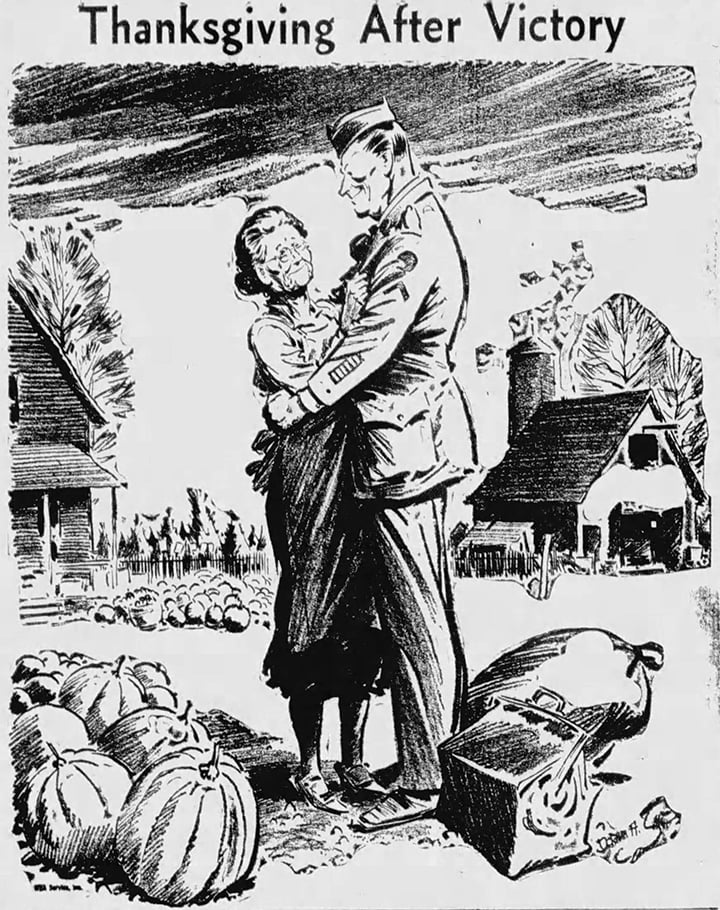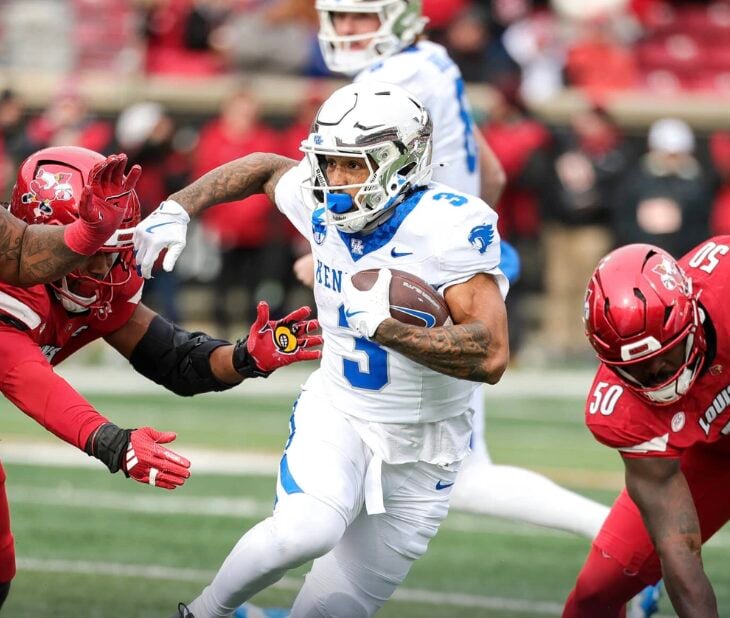Early February is the halfway point of the 89-day winter season.
Yes, it can still be unseasonably cold, with periods of snow, but typically, there are some warm spells, too. As hours of daylight lengthen, and temperatures begin to moderate, fishing for black bass improves.
Here’s some tackle and techniques that are effective throughout February, into the pre-spawn period, which typically begins in March on reservoirs in Kentucky.
Largemouth bass:

Professional tournament angler Kaoru O’Bryan reminds anglers that generalizations may not apply.
“Not all lakes are the same,” said O’Bryan, who grew up in Louisville and has been fishing bass tournaments since 1986. “You have to follow the baitfish.”
Conventional wisdom dictates that retrieves need to be slower and fish are deeper, but that may not always be the case. “Surprisingly, I’ve caught big fish in five feet of water flipping a jig in 44-degree water at Taylorsville Lake.”
Wind and water conditions are critical factors in finding largemouth bass during the winter.
“In clear, cold water, baitfish are deeper,” said O’Bryan. “On sunny days, largemouth may suspend below the baitfish. Use your graph to find them.”
A swimbait, that can be counted down to the depth that the largemouth are suspending, is a good lure choice in this situation.
Wind can also factor into where largemouth bass locate and feed. What happens on pea gravel points on Kentucky Lake is a good example.
When winds shift to the southwest, and water temperatures climb from the high 40s into the low 50s, swarms of plankton get blown up onto the main lake and secondary points.
Since baitfish feed on these microscopic plants and animals, schools of largemouth bass join in on the frenzy, feasting on the baitfish.
“Baitfish will be where the plankton is,” said O’Bryan. “The Rat-L-Trap (a lipless crankbait) is a good lure choice there because it can be fished deep or shallow.”
When fishing for largemouth bass in the winter, O’Bryan recommends downsizing line and fishing smaller baits.
One of his go-to lures in winter is the No. 5 Shad Rap. “It has a tight wobble like a shad,” said O’Bryan. “I fish it on spinning tackle and 10-pound clear monofilament line.”
Targeted cover is creek channel points, fishing the lure with a slow retrieve. “(Momentarily) speeding up the retrieve can cause a deflection of the lure (off cover) and that can trigger a strike. In winter bass don’t hit as hard, sometimes their bites are just a subtle tick,” said O’Bryan.
Some of his other lure choices for winter fishing for largemouth bass are 1/2-ounce to 3/4-ounce jigs because they are lighter and fall slower, suspending hard plastic jerk baits, plastics rigged on a 1/8-ounce shaky head jig, and jigging spoons.
Smallmouth bass:
February is a prime time for fishing the Float n’ Fly on Dale Hollow Lake and Lake Cumberland, but this winter technique will work on any lake or river in Kentucky when waters are clear since it’s a sight presentation.

Float n’ Fly was perfected in Tennessee in the early 1990s and is highly effective on smallmouth bass when there’s clear water, and water temperatures are below 50 degrees. The finesse presentation targets suspended fish. Occasionally, largemouth and Kentucky (spotted) bass will be caught too.
The term Float n’ Fly is a bit misleading because it’s really a jig and bobber rig, with a 1/32, 1/16 or 1/8-ounce lead-head jig fished on a long leader (10 feet or longer) below a 1-inch plastic, pear-shaped float.
The ideal scenario is a front with wind, which helps break the surface and creates current. The toughest fishing is on calm, clear days, when anglers must fish shady banks.
Anglers use medium-light spinning rods, 8 to 9 1/2 feet long, with fast action, and reels spooled in six-pound test line.
Cast to a deep channel bank and let the fly settle. The bobber will move ever so slightly in the wind. Keep the rod tip up and a tight line on the bobber. This will make the fly wiggle, like a baitfish stressed by the cold.
Bass think it’s an easy meal and move off with the fly. Set the hook when the bobber goes down, floats on its side, or moves horizontally.
Most anglers tie their own jigs.
Float n’ Fly jigs are lead-head jigs tied with bright-colored craft hair and/or bucktail, with strips of shiny synthetic materials that add flash. The jigs are meant to imitate baitfish — gizzard and threadfin shad, or alewives. A top hook choice is a bronze finish No. 4 Mustad Accu-Point on a 1/16-ounce jig head.
Winter smallmouth bass aren’t weather-shy. They actively feed even on windy, snowy days.
A good fishing strategy is to position your boat parallel to a bluff (channel) bank, where the wind is blowing into the bank and cast suspending jerk baits, swimbaits or Alabama rigs.
Fish for winter black bass when water and weather conditions are at their best. Try a variety of lures and presentations and fish at different depths until you find fish.
Bites may be fewer and far between, but your chances of catching a “wall hanger” are good.






















